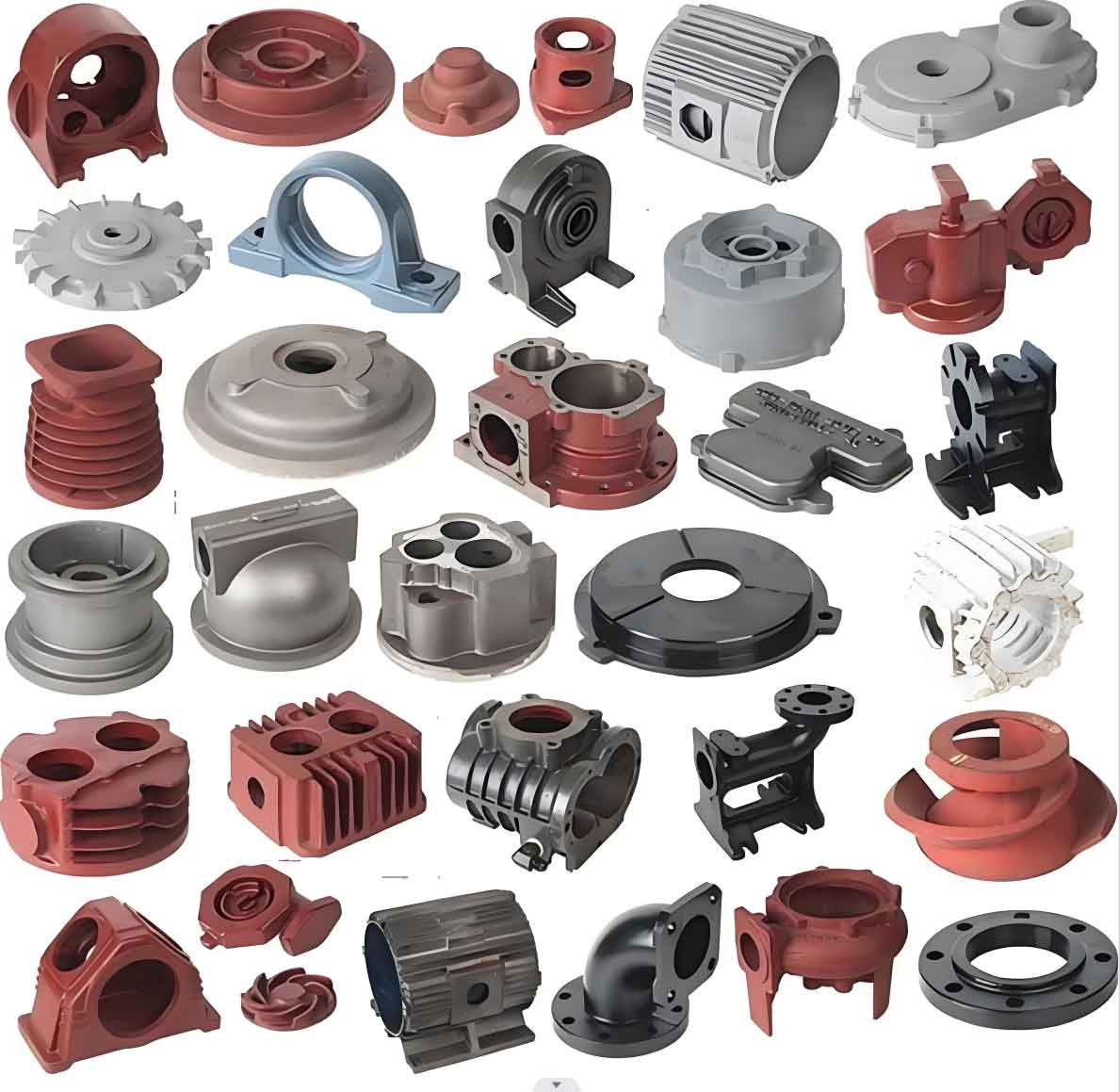Ductile cast iron (DCI) exhibits good mechanical properties but is susceptible to corrosion, especially in harsh marine environments. Understanding the challenges and implementing effective solutions are crucial for enhancing its durability and performance. Here is a comprehensive overview of the corrosion behavior of ductile cast iron (DCI) in marine environments, along with potential solutions:

Challenges
- Saltwater Exposure
- High Chloride Ion Concentration: Marine environments contain high levels of chloride ions, which aggressively attack iron, leading to pitting and crevice corrosion.
- Salt Spray: Constant exposure to salt spray can accelerate the corrosion process, causing surface degradation over time.
- Temperature and Humidity Variations
- Temperature Fluctuations: Changes in temperature can cause expansion and contraction of the material, leading to the formation of micro-cracks where corrosion can initiate.
- High Humidity: High humidity levels promote the formation of a moist environment on the surface of ductile cast iron (DCI)I, which enhances the electrochemical reactions leading to corrosion.
- Microbial Corrosion
- Biofouling: Marine environments are rich in microorganisms that can attach to the surface of ductile cast iron (DCI), forming biofilms. These biofilms can induce microbiologically influenced corrosion (MIC).
- Electrochemical Reactions
- Galvanic Corrosion: Ductile cast iron (DCI) can suffer from galvanic corrosion when in contact with more noble metals in the presence of an electrolyte, such as seawater.
Solutions
- Material Selection and Alloying
- Corrosion-Resistant Alloys: Incorporating elements such as chromium, nickel, and molybdenum into ductile cast iron (DCI) can improve its resistance to corrosion by forming stable passive layers on the surface.
- High Silicon DCI: High silicon ductile iron (HSDI) can provide better corrosion resistance in marine environments due to the formation of a silicon-rich protective film.
- Surface Treatments
- Coatings: Applying protective coatings such as epoxy, polyurethane, or zinc-rich paints can provide a physical barrier against corrosive agents.
- Galvanizing: Hot-dip galvanizing provides a thick layer of zinc coating that acts as a sacrificial anode, protecting ductile cast iron (DCI) from corrosion.
- Cathodic Protection: Impressed current cathodic protection (ICCP) or sacrificial anode systems can be used to mitigate corrosion by making the DCI surface the cathode of an electrochemical cell.
- Environmental Control
- Dehumidification: Controlling the humidity around ductile cast iron (DCI) structures can reduce the rate of corrosion.
- Temperature Regulation: Insulating and controlling the temperature of ductile cast iron (DCI) components can minimize thermal cycling and the associated stress corrosion cracking.
- Microbial Control
- Biocides: Regular application of biocides can help control biofouling and MIC.
- Anti-Fouling Coatings: Specialized anti-fouling coatings can prevent the attachment of marine organisms to ductile cast iron (DCI) surface.
- Maintenance and Monitoring
- Regular Inspections: Conducting periodic inspections and maintenance can help detect early signs of corrosion and address them promptly.
- Corrosion Monitoring Systems: Installing corrosion monitoring systems can provide real-time data on the corrosion status and effectiveness of protective measures.
Practical Implementation Steps
- Assessment and Planning:
- Evaluate the specific marine environment and the anticipated exposure conditions.
- Select appropriate ductile cast iron (DCI) grades and alloying elements for the given application.
- Surface Preparation:
- Ensure proper surface preparation before applying any coatings or treatments to ensure maximum adhesion and effectiveness.
- Application of Protective Measures:
- Apply chosen surface treatments, coatings, and cathodic protection systems as per the designed specifications.
- Environmental and Biological Control:
- Implement environmental controls such as dehumidification and temperature regulation.
- Apply biocides and anti-fouling coatings as part of a regular maintenance schedule.
- Monitoring and Maintenance:
- Establish a routine inspection and maintenance program to monitor the condition of ductile cast iron (DCI) and the effectiveness of the corrosion protection measures.
- Use advanced monitoring systems to provide early warning of corrosion issues.
By addressing these challenges with targeted solutions, the corrosion resistance of ductile cast iron in marine environments can be significantly improved, ensuring longer service life and reduced maintenance costs.
